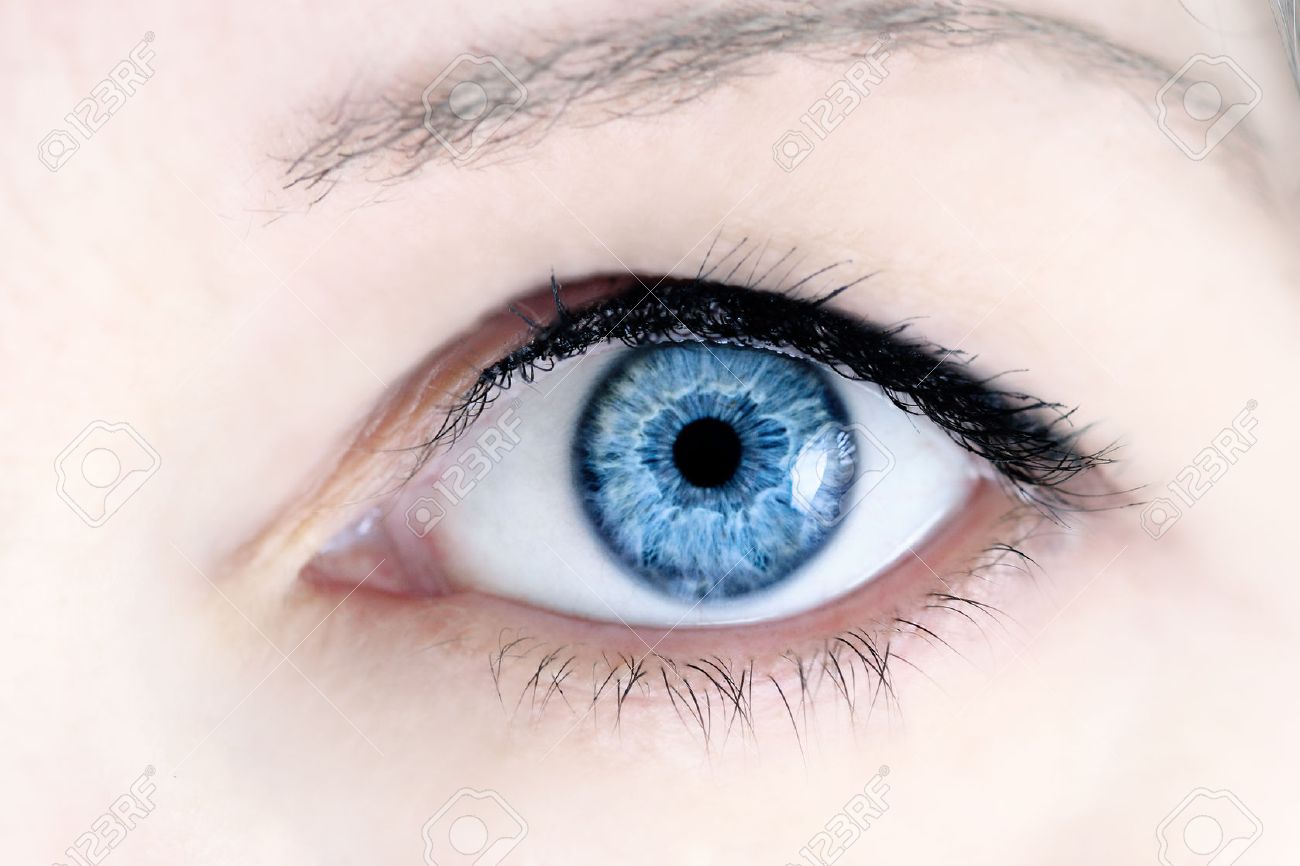Screens are killing your eyeballs, and now we know howThe “blue screen of death” is taking on a whole new meaning.
Humans can see a thin spectrum of light, ranging from red to violet. Shorter wavelengths appear blue, while the longer ones appear red.
What appears as white light, whether it’s from sunlight or screen time, actually includes almost every color in the spectrum.
In a recent paper published in the journal Scientific Reports, researchers at the University of Toledo have begun to parse the process by which close or prolonged exposure to the 445 nanometer shortwave called “blue light” can trigger irreversible damage in eye cells. The results could have profound consequences for consumer technology.
“Photoreceptors are like the vehicle. Retinal is the gas,” says study author and chemistry professor Ajith Karunarathne. In the lab, when cells from the eye were exposed to blue light directly—in theory, mimicking what happens when we stare at our phone or computer screens—the high-intensity waves trigger a chemical reaction in the retinal molecules in the eye.
The blue light causes the retinal to oxidize, creating “toxic chemical species,” according to Karunarathne. The retinal, energized by this particular band of light, kills the photoreceptor cells, which do not grow back once they are damaged. If retinal is the gas, Karunarathne says, then blue light is a dangerous spark.
Catastrophic damage to your vision is hardly guaranteed. But the experiment shows that blue light can kill photoreceptor cells. Murdering enough of them can lead to macular degeneration, an incurable disease that blurs or even eliminates vision.
Blue light occurs naturally in sunlight, which also contains other forms of visible light and ultraviolet and infrared rays. But, Karunarathne points out, we don’t spend that much time staring at the sun. As kids, most of us were taught it would fry our eyes. Digital devices, however, pose a bigger threat.
When we stare straight at our screens especially in the dark we channel the light into a very small area inside our eyeball. “That can actually intensify the light emitted from the device many many fold,” Karunarathne says. “When you take a magnifying glass and hold it to the sun, you can see how intense the light at the focal point gets. You can burn something.”
Some user experience designers have been criticizing our reliance on blue light, including Amber Case, author of the book Calm Technology.
On her Medium blog she documented the way blue light has become “the color of the future,”
The military, she notes, still uses red or orange light for many of its interfaces, including those in control rooms and cockpits. “They’re low-impact colors that are great for nighttime shifts,” she writes.
They also eliminate blue light-induced “visual artifacts”—the sensation of being blinded by a bright screen in the dark—that often accompany blue light and can be hazardous in some scenarios.
Apple offers a “night shift” setting on its phones, which allow users to blot out the blue and filter their screens through a sunset hue.
Aftermarket products designed to control the influx of blue light into our irises are also available, including desktop screen protectors.
There are even blue light-filtering sunglasses marketed specifically to gamers. But as the damage done by blue light becomes clearer—just as our vision is getting blurrier—consumers may demand bigger changes.
Going forward, Karunarathne plans to stay in data-collection mode. “This is a new trend of looking at our devices,” he says. “It will take some time to see if and how much damage these devices can cause over time.
When this new generation gets older, the question is, by that time, is the damage done?”
But now that he appears to have identified a biochemical pathway for blue light damage, he’s also looking for new interventions.









